Welcome to PowerGenius, where we unravel the mysteries behind the fascinating world of electricity. In this blog post, we will take you on an enlightening journey, exploring how electricity reaches our homes. Have you ever wondered how that flick of a switch can illuminate a room or power your favorite devices? Join us as we demystify the process of electricity delivery in simple language, shedding light on the intricate network of power generation, transmission, and distribution. Get ready to embark on a captivating adventure as we unveil the secrets of how electricity finds its way into our everyday lives.
Power Generation
Let’s begin with power generation, which is the crucial process of converting various energy sources into electricity. Here is where the magic happens and ingenious mechanisms work their wonders to power our lives. Here are some of the methods for generating electricity:
Fossil Fuel Power Plants
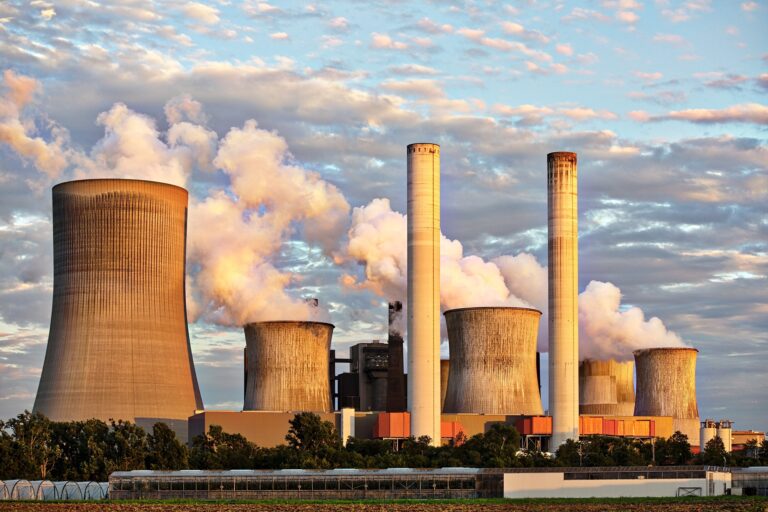
For decades, conventional fossil fuel power plants have been a primary source of electricity. These plants burn coal, natural gas, or oil to create heat, which generates steam. This steam drives a turbine connected to a generator, converting the energy into electricity.
Nuclear Power
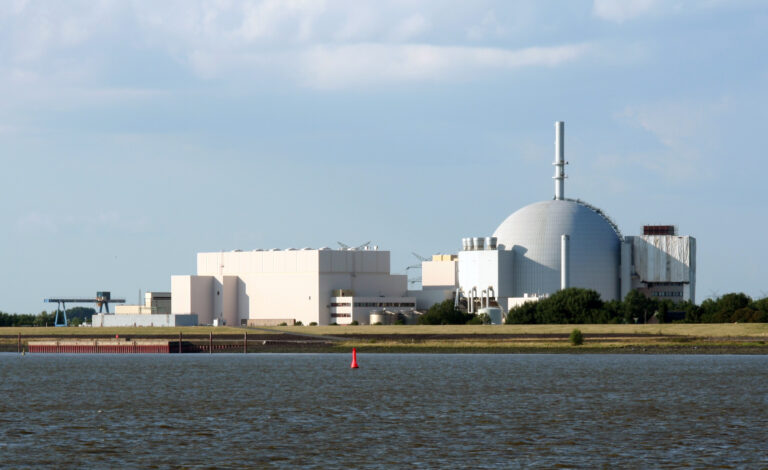
Nuclear fission, in which an atom’s nucleus splits and generates a significant amount of heat, is the process used in nuclear power plants to generate energy. Steam is produced by this heat, and it powers turbines that are linked to generators.
Did You Know? : France generates around 70% of its electricity from nuclear power, the highest proportion globally.
Renewable Energy Sources
Renewable energy sources are getting popular every day due to their environmental benefits.
Let’s explore three major types: Solar, Wind, and Hydro Power.
Solar Power

Solar Power Plants contain a large number of Solar Panels that convert sunlight directly into electricity using the method called the Photovoltaic Effect.
India’s largest solar power plant, the Bhadla Solar Park, covers an area of over 14,000 acres.
Wind Power

Wind turbines use the wind’s energy to rotate their blades. The kinetic energy of the wind is transformed into electricity by the generator connected to these rotating blades.
Hydro Power
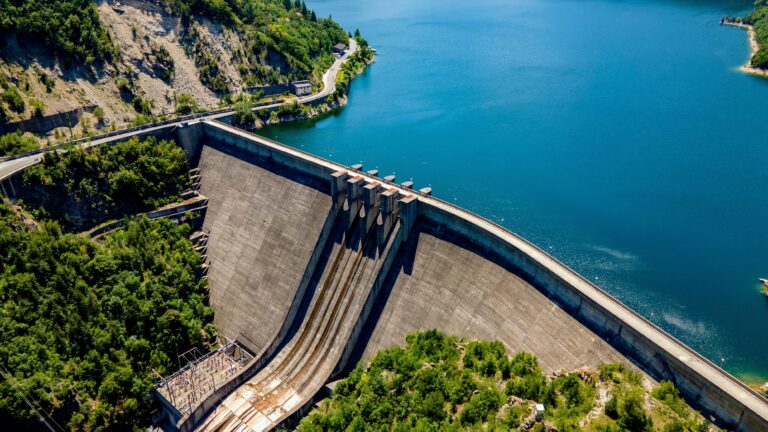
Hydropower harnesses the force of moving or falling water to generate electricity. When released, the water that has been stored in reservoirs by dams rushes through turbines which rotates the generator and produce electricity.
The Three Gorges Dam in China, the largest hydropower plant globally, has a capacity of over 22,500 megawatts.
Power Transmission
Once electricity is generated at power plants, it embarks on an incredible journey to reach our homes. This section explores the vital process of power transmission, which plays a crucial role in delivering electricity over long distances. Let’s unravel the steps involved in this fascinating journey.
Step-Up Transformers: Boosting Voltage for Efficient Transmission
To reduce energy losses, the voltage level of electricity must be raised prior to its long-distance transmission. In order to accomplish this, step-up transformers are used. They increase the voltage to a high level, reducing the current and enabling efficient long-distance electrical power transmission.
Transmission Lines: Carrying Electricity Over Vast Distances
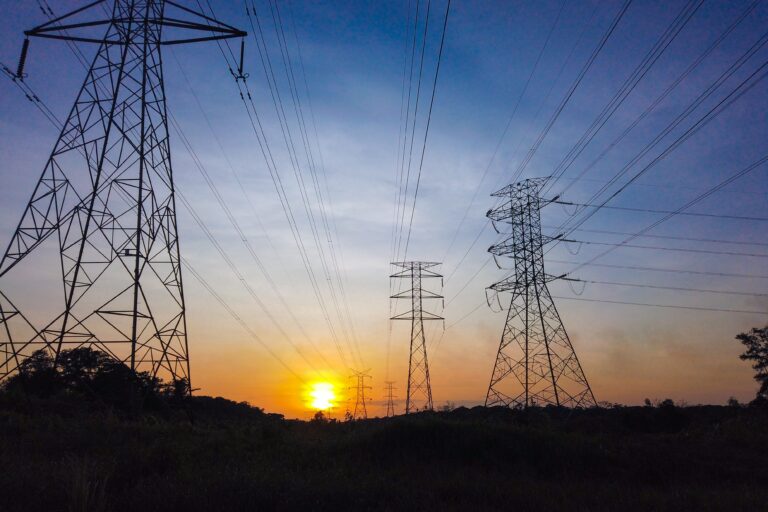
High-voltage transmission lines, often supported by towering pylons or sturdy poles, form the backbone of power transmission. These lines stretch across landscapes, carrying electricity from power plants to substations located in different regions. The transmission lines are designed to handle large amounts of electrical power and transport it efficiently and reliably.
The Power Grid: An Inter-connected Network
The transmission and distribution of electricity from power plants to our homes and businesses is made possible by the power grid, a massive network of interconnected power lines, transformers, and substations. It serves as the backbone of the electrical infrastructure, allowing for an efficient and reliable supply of electricity over long distances. The power grid plays a crucial role in balancing the generation and consumption of electricity, ensuring that the demand for power is met at all times. To maintain a steady and uninterrupted supply of electricity for our daily needs, it is a complicated system that needs careful planning, maintenance, and monitoring.
Substations: Gateway to Local Distribution
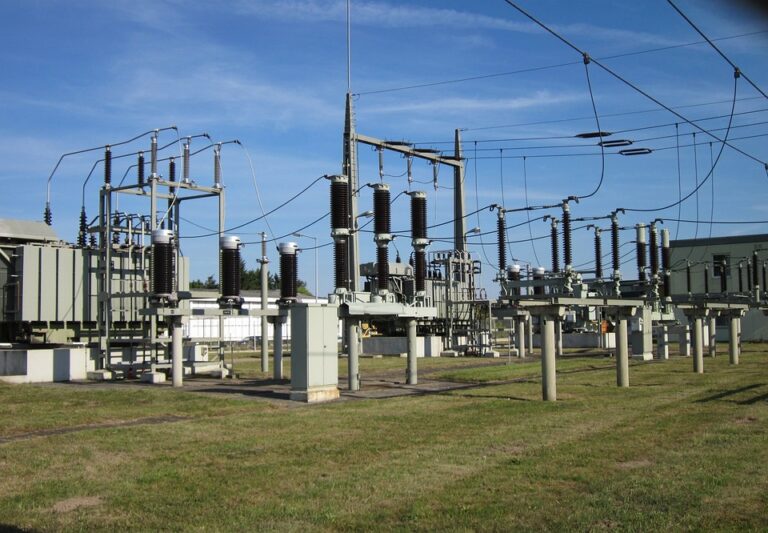
Once the electricity reaches the substations, its voltage needs to be lowered to a suitable level for distribution. Substations act as intermediaries, connecting the high-voltage transmission lines to the lower-voltage distribution lines. Here, step-down transformers play a vital role in reducing the voltage to a safer and more suitable level for efficient distribution.
Power Distribution
After electricity completes its journey through power transmission, the next step is power distribution. This section uncovers the fascinating process that brings electricity from the local substations to our homes. Let’s explore the intricacies of power distribution in simple language.
Local Transformers: Stepping Down Voltage

Power distribution relies heavily on local transformers that are situated in ground-level enclosures or on utility poles. These transformers receive electricity through the main distribution lines from substations, and their primary function is to further reduce the voltage to a safe and usable level for our homes. By stepping down the voltage, local transformers ensure that the electrical power entering our homes is at the right level for our devices and appliances.
Distribution Lines: Delivering Power to Our Doorsteps
Once the electricity is appropriately stepped down, it travels through distribution lines that branch out from the local transformers. These lines are responsible for carrying the electrical power from the transformers to the local residential neighborhoods, buildings & offices & industries. Distribution lines are typically buried underground or run along utility poles and are strategically designed to supply power efficiently to our neighborhoods.
Service Mains: Gateway to Our Homes
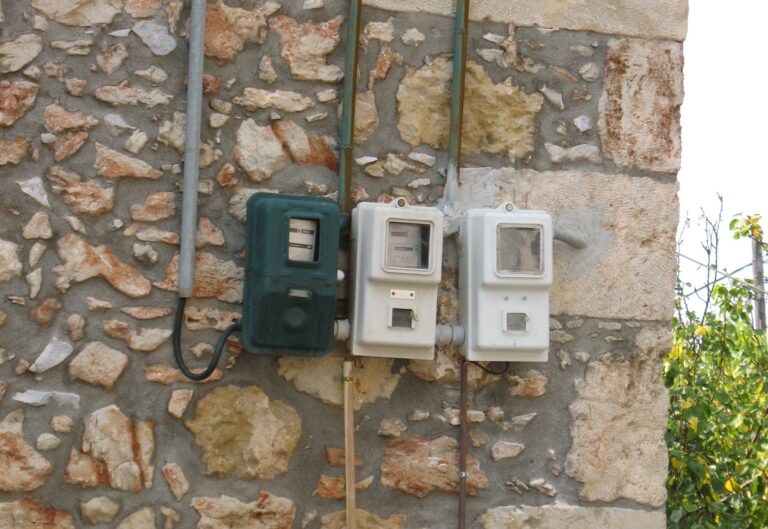
The service mains is where electricity from the distribution lines enters our homes. It usually contains the energy meter, through which the utility company measures the amount of electricity consumed. From the service mains, electrical wiring runs through our homes, connecting the outlets, switches, light fixtures, and appliances, enabling us to enjoy the benefits of electricity in our daily lives.
Conclusion
In this comprehensive journey, we have unraveled the captivating process of how electricity reaches our homes. From power generation to power transmission and distribution, we have explored the intricate path that electrical energy travels, illuminating our lives along the way.
Remember, electricity is not just a convenience; it is a vital resource that powers our lives and fuels progress. Let us continue to embrace sustainable practices, harness renewable energy sources, and make informed choices to ensure a reliable and sustainable future.
Thank you for joining us on this enlightening journey. Stay tuned to PowerGenius for more fascinating insights into the world of electricity. Together, let’s illuminate the path to a brighter and electrifying future.

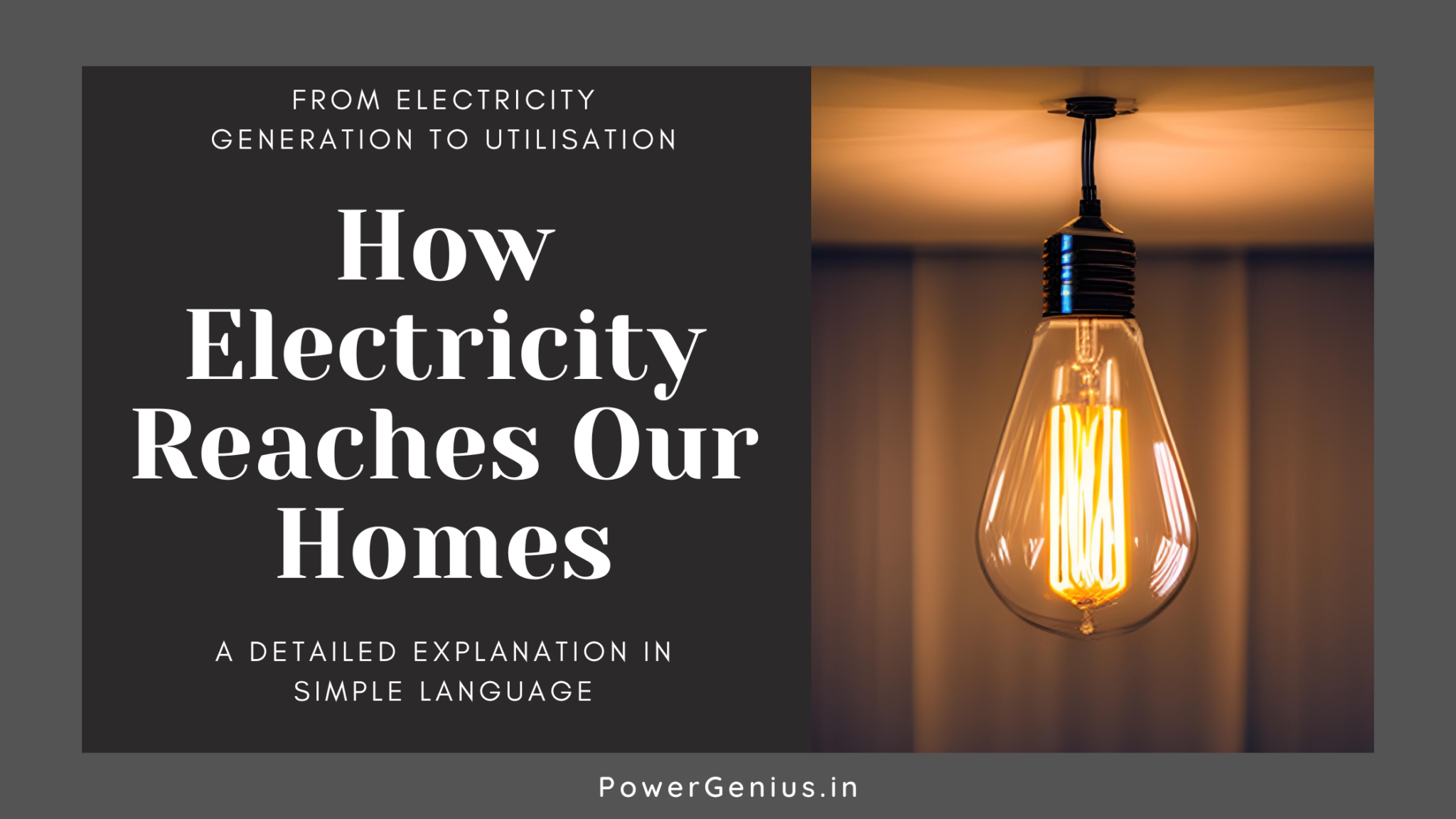
3 thoughts on “How Electricity Reaches Our Homes? A Simple Explanation from Power Generation to Utilization”